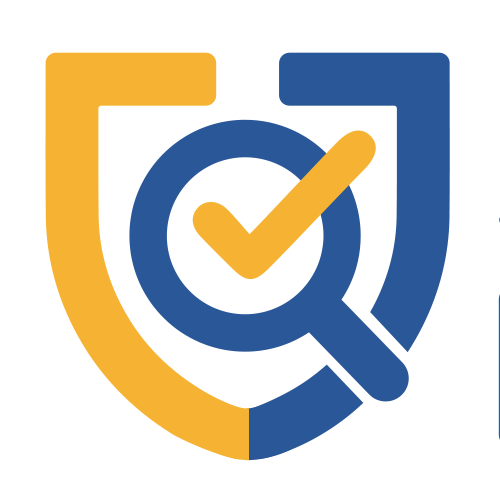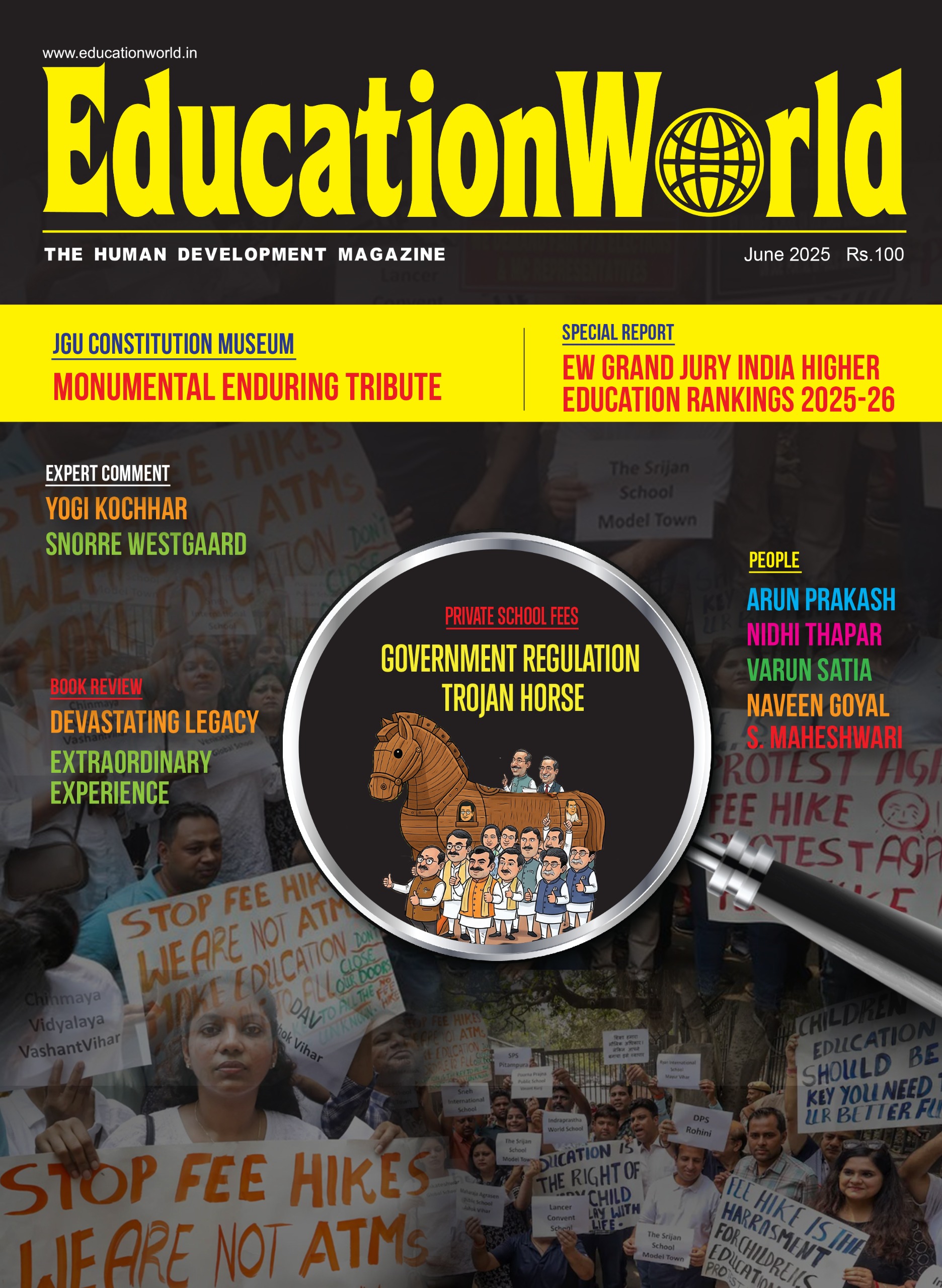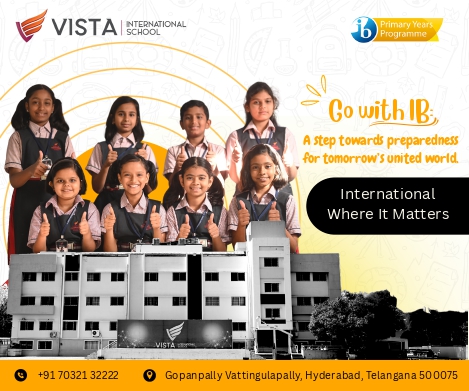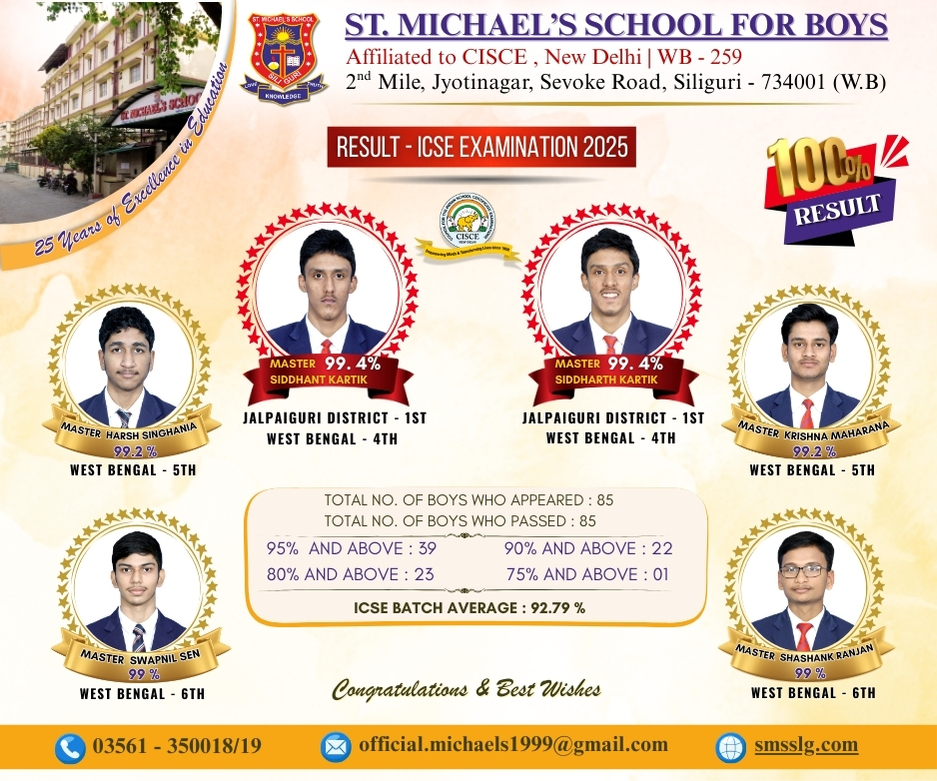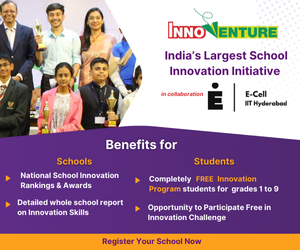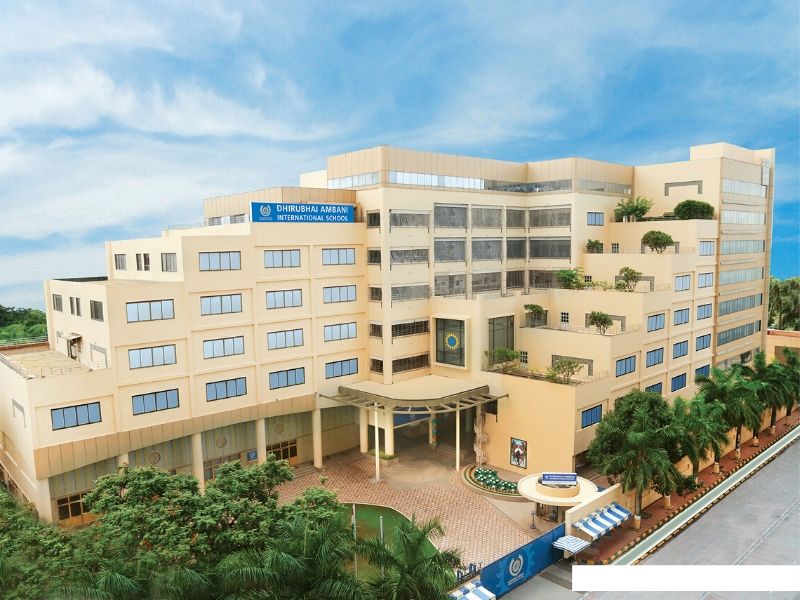Social value of liberal arts educationShiva KumarAt a recent meeting of education experts in New Delhi I was surprised to learn that only half the applicants for a school teacher‚s job correctly answered the question: “24×0 =?” Those who got it wrong advanced three reasons in their defence. One, they had stopped learning mathematics in class VIII. Two, they didn‚t have time to complete the question paper. Three, they were arts students. When I gasped in disbelief, I was told that the problem isn‚t unique to arts graduates. Knowledge of mathematics and science among science graduates is little better. In a test administered to science graduates, many teachers couldn‚t satisfactorily answer questions posed to them from a class VIII curriculum.Let me describe a second situation. I teach at a leading business management school in India which I prefer not to identify. By any standard, it attracts the ‚Ëœbest and brightest‚ students from across the country. While conducting classes, I found that many of them were not aware of the definition of infant mortality, the average life expectancy of an Indian, the country‚s female literacy rate or for that matter, even India‚s per capita income. I was disappointed, though not entirely surprised, to find that their views were formed by reading newspapers, watching television reports and through casual conversation with friends and relations. They had few opportunities or little inclination to read about these issues, research, debate, discuss, reflect and introspect. Finally, let me take you to another context. A group of experts from South Asia gathered in Lahore last month to discuss issues relating to economic growth and compreh-ensive security in the SAARC countries. The consensus was that addressing issues of poverty, inequality, discrimination and conflict are fundamental to ensuring progress in the region. They also opined that there is adequate technical knowledge and managerial expertise in South Asia to address the backlog of human deprivation and enhance people‚s capabilities. But I was struck by the sense of despondency. Discussions centred around ways to secure societal commitment to eradicate poverty. How can we get policy makers and citizens to address the huge backlog of human deprivations? How can politicians who have long been aware of the problems of disadvantaged groups be made more conscious of their obligation to act in the best interests of the poor? How can society move rapidly towards delivering gender justice and equality? What are the levers of change that can bring about significant shifts in policy formulation and public action? As is often said, it is impossible to achieve ‚ËœHealth for All‚ or ‚ËœEducation for All‚, unless we can build a societal consensus for ‚ËœAll for Education‚ and ‚ËœAll for Health‚. It is only when there is a groundswell of public support that politicians and government officials will take ‚Ëœbold‚ decisions. After all, radical decisions require courage to counter opposition and resistance. For instance, people will inevitably protest when bus fares are raised, electricity and water charges increased, and even when subsidies to the rich are cut. Therefore the proper modus operandi is to first build public support for implementing change. Reaching out to people, informing them about the rationale, being transparent, and getting their support is crucial for implementing pro-poor economic policies.Where do we find sustainable solutions to enhance the learning achievements of school children, to instill greater awareness in the public about the state of human resource development, and to create a better-informed and responsible citizenry? The real solution is to sharply upgrade higher education by focusing on what and how our young people learn in the final years of school and in colleges. Changing the curriculum, lessening the burden of classes, making the teaching-learning process joyful and strengthening in-service teacher training can make a real difference to the learning achievements of school-going children. But the long-term solution lies in revamping the very fundamentals of secondary and higher education. No amount of in-service training can make up for the poor quality of arts and science graduates being produced by our schools and colleges. India needs better-qualified graduate students to apply for the position of teachers.The same is true of managers and policy makers. Students in the nation‚s colleges have few opportunities to discuss public policy issues vital to societal development. The rigid undergraduate curriculum driven by an out-dated system of lectures and examinations leaves little room for creative discussion or intellectual pursuits. Unfortunately there isn‚t a tradition of strong liberal arts education in India. This is a serious lacuna for which we are paying a heavy price. India‚s reputation as a nation of intellectuals cannot be based on the glory of a few IITs and IIMs. If the nation is to capitalise on the youth power that the country possesses, we must begin to recast our undergraduate college curriculums to benefit the vast majority of college-going students.Young entrants into college must be offered rich liberal arts education with exposure to a wide range of subjects ‚ philosophy, the arts, history, political science, theatre, science, mathematics and other subjects. They must be encouraged to think creatively, reflect upon ideas, research, analyse and write. Sadly little of this happens in the typical Indian college. The way forward is to push for strong liberal arts education that exposes young students to various disciplines, issues of poverty, and instills a deep commitment to social justice and public service. This is the only way we can build a truly committed and responsible citizenry so fundamental to building a vibrant and resurgent India.(A. K. Shiva Kumar is a Delhi-based advisor to UNICEF and visiting professor at Harvard University)
Anniversary Special Column
EducationWorld November 04 | EducationWorld
